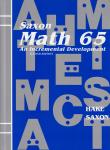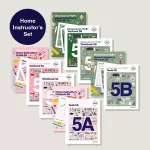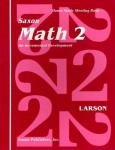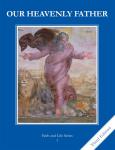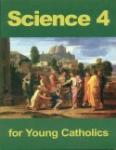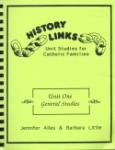Text
Saxon Math
I have friends who have used Saxon for years and are very, very happy with it. Saxon's circular pattern and constant review is exactly what they love about it. However, it was this circular pattern that caused problems for us. The way Saxon works (someone please correct me if I'm off base here) is that it introduces a new concept in increments, the child works a set of problems that teach a new concept, then spends the rest of the lesson reviewing previously learned concepts.
Singapore Math
Singapore students are scoring the highest in the world in math and science. The web page for these texts in the US is http://www.singaporemath.com
Singapore Math seems to solve the "conceptual/drill...Saxon jumping around problem". Here's an example from a problem in the first half of the fifth grade book:
<< Mr Li paid $36 for 3 singlets and 2 T-shirts. A T-shirt cost 3 times as much as a singlet. How much did Mr Li pay for the 2 T-shirts? >>
Saxon Math 2
Saxon 2 covers the arithmetic topics of addition and subtraction of one and two digit numbers and simple multiplication and division as well as the related topics of patterns, graphing, time, measurement, money, geometry and estimating. Although it uses manipulatives it is not a "manipulatives-based" program.
Faith and Life Religion Series
This is a very popular religion series for Catholic homeschoolers. There are probably many reasons for this: they're reasonably priced, they're filled with beautiful selections of fine religious art, and they're unquestionably orthodox. The series incorporates questions from The Baltimore Catechism for memorization. Some homeschoolers don't like the brief content (the text contains approximately one lesson per week - although there is also a work book, teacher's manual and extensive resource guide available for each grade).
Science 4 for Young Catholics
This 4th grade science textbook is nicely laid out and easy to use. Each chapter begins with a brief biography of a famous Catholic scientist, like Copernicus, Mendel and Pasteur, followed by four literal comprehension questions. The goals of the chapter and an outline are also provided at the beginning of each chapter. Interspersed among the text of the chapters are experiments, activities, and review questions. There are also review study pages at the end of the chapter.

